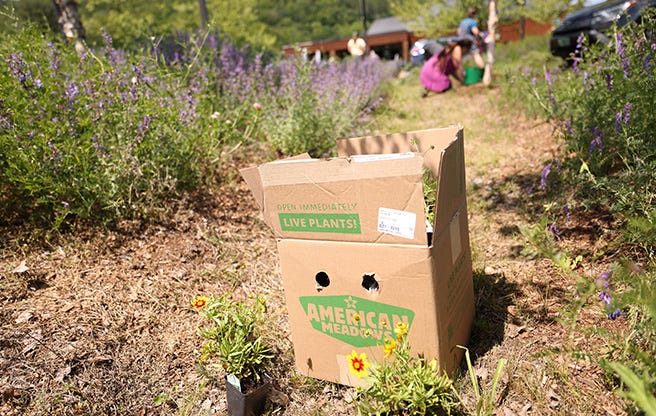Cherokee Sedge
SALE | SAVE 15%
SKU: AM021382
Shipping:
Shipping begins the week of May 6th, 2024
Overview
Resilient Cherokee Sedge is a native species with gently arching, shiny, dark green foliage and small fuzzy brown flower heads. Typically found along Southeastern woodland edges, it thrives in heat, both shade and sun, and moist soil. Its large, gracefully arching habit looks beautiful as a garden accent, groundcover, matrix planting, and no-mow lawn substitute. Grow this sedge to create habitat for butterflies and wildlife in your yard.
key features
Botanical Name
Carex cherokeensis
Advantages
Native, Attracts Butterflies, Attracts Birds, Attracts Beneficial Insects, Deer Resistant, Groundcover, Small Spaces, Rain Gardens
Growing Zones
Zone 6, Zone 7, Zone 8, Zone 9
Light Requirements
Full Sun, Half Sun / Half Shade
Soil Moisture
Average, Moist / Wet
Mature Height
12-24" tall
Mature Spread
12-24" wide
Bloom Time
Late spring to early summer
SKU
AM021382




